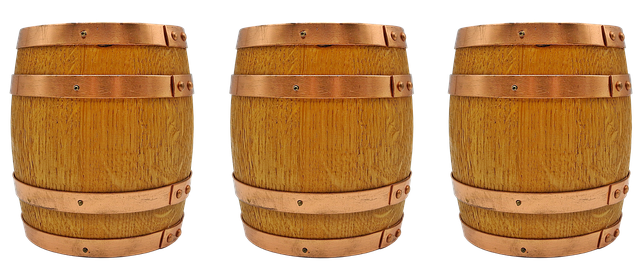As a photographer, it’s imperative to understand how the tools of your craft can both enhance and sometimes hinder your creative vision. One common optical phenomenon that many photographers encounter is barrel distortion. This distortion can subtly affect your images, causing straight lines to appear curved, particularly at the edges of the frame. But fear not! With a little understanding and the right techniques, you can master barrel distortion and take full control of your photography.
Understanding Barrel Distortion
Barrel distortion typically occurs in wide-angle lenses, where the image appears to bulge outward at the center, making straight lines curve towards the edges. This effect can be both a friend and a foe in your photography journey. On one hand, it can add a dynamic feel to landscape photos, giving them an immersive quality. On the other hand, it can wreak havoc in architectural photography, where precision is paramount. Recognizing when barrel distortion is at play will help you make more informed decisions about composition and lens choice.
Choosing the Right Lens
When it comes to managing barrel distortion, lens selection is crucial. Wide-angle lenses are notorious for this type of distortion, so if you often find yourself shooting architectural or product photography, consider using a prime lens with minimal distortion. Investing in high-quality equipment does pay off; lenses designed with advanced optics minimize these aberrations, allowing you to achieve clearer, more accurate images.
Using Layers to Correct Distortion
In the digital age, photographers have the incredible advantage of using photo editing software to correct imperfections. Utilizing layers in programs like Adobe Photoshop allows you to manage and manipulate your images with precision. You can create adjustment layers specifically to fix barrel distortion. By applying the ‘Lens Correction’ filter, you can rectify the distortion without compromising the integrity of the image. Experiment with these tools in a non-destructive way to see how you can salvage an otherwise flawed photo.
Embracing Distortion: A Creative Approach
While understanding and correcting barrel distortion is essential, there’s also room to embrace it creatively. Sometimes, allowing this distortion to appear in your images can add a unique perspective or narrative to your work. Why not experiment with intentional distortion in your landscapes? It can be the ideal way to draw the viewer’s eye inward, inviting them to explore the depths of your composition.
Final Tips for Photographers
- Always evaluate your setup: Before taking a photo, consider the lens you are using and how it might affect your composition.
- Take multiple shots: Sometimes, shifting your angle slightly can reduce distortion while still framing your subject effectively.
- Educate yourself: Understanding the optics behind your lens can enhance your technical skills and creativity.
- Practice, practice, practice: The more you engage with these techniques, the more intuitive they will become.
Ultimately, mastering barrel distortion is about understanding how optical science interacts with your artistic vision. Embrace both the challenges and the possibilities that barrel distortion presents on your photographic journey.



